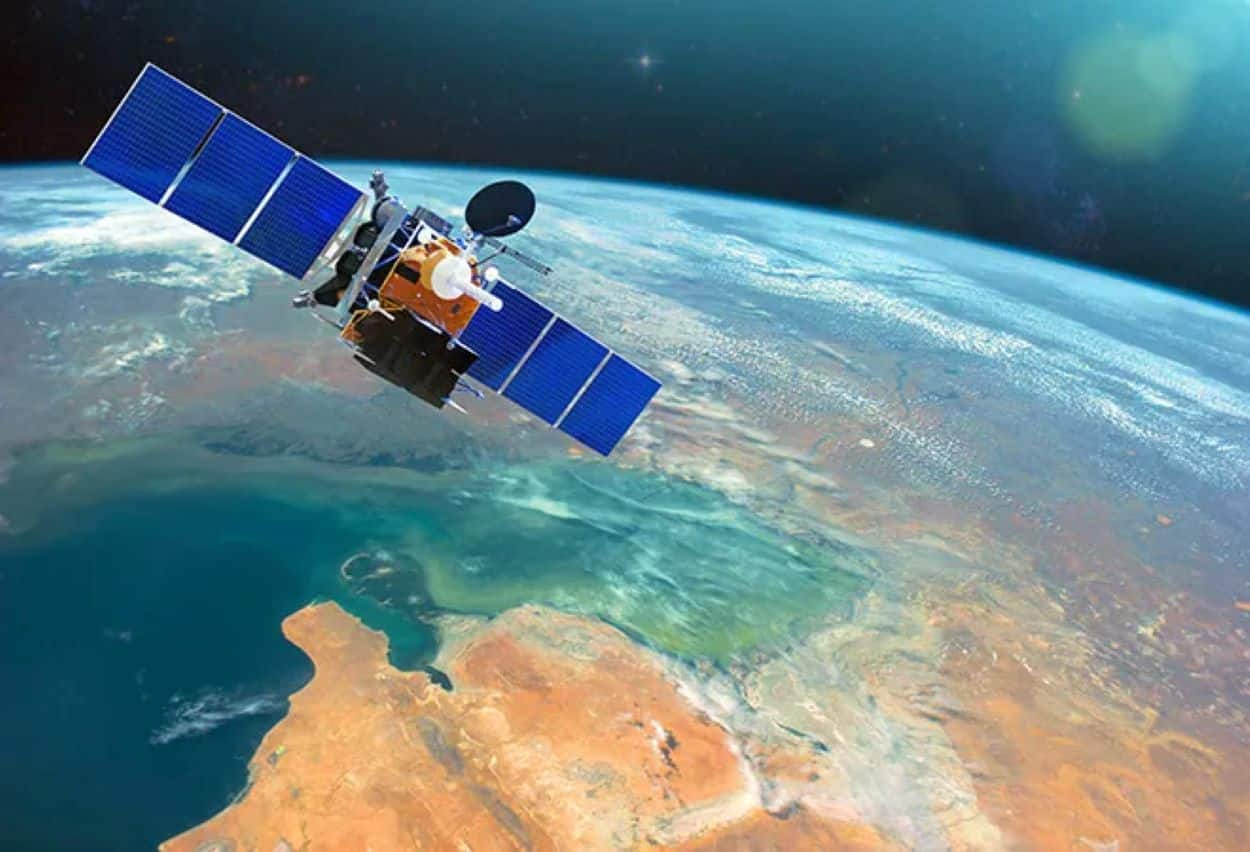On June 13, 2024, scientists detected a powerful radio pulse from NASA’s defunct Relay 2 satellite, dormant since 1967.
Researchers led by Clancy James at Curtin University utilised the Australian Square Kilometre Array Pathfinder (ASKAP) to capture a 30-nanosecond radio pulse that outshone all other objects in the sky. Initially believed to be a new pulsar, the signal was traced back to within 20,000 km of Earth, originating from Relay 2, a NASA communications satellite launched in 1964. Although Relay 2 was decommissioned in 1965 and its electronics had failed by 1967, the source of the signal remains a mystery.
NASA's Sleeping Satellite Suddenly Comes to Life
Australian radio telescopes have recorded a powerful radio signal lasting less than 30 nanoseconds, which, as it turns out, could have come from the old NASA Relay 2 satellite. It was launched into orbit in the 1960s. The device… pic.twitter.com/JqRXhdtlPj
— Black Hole (@konstructivizm) June 20, 2025Scientists hypothesise that an external trigger, such as an electrostatic discharge or a micrometeorite impact, caused the pulse. Karen Aplin from the University of Bristol noted, “This detection may offer a new technique to evaluate electrostatic discharges in space,” especially given the increasing amount of space debris. The intensity of the signal suggests it may be related to a spark-like or plasma discharge event.
The discovery, accepted for publication in The Astrophysical Journal, could improve the detection of space debris and the health of satellites. This finding emphasises the necessity for enhanced monitoring in low Earth orbit.






